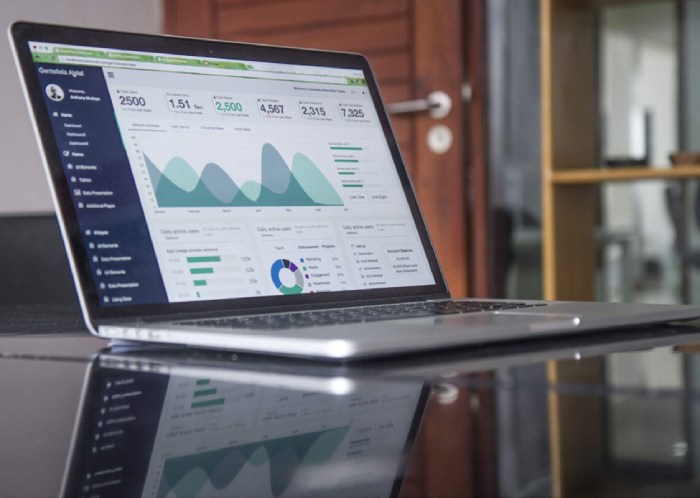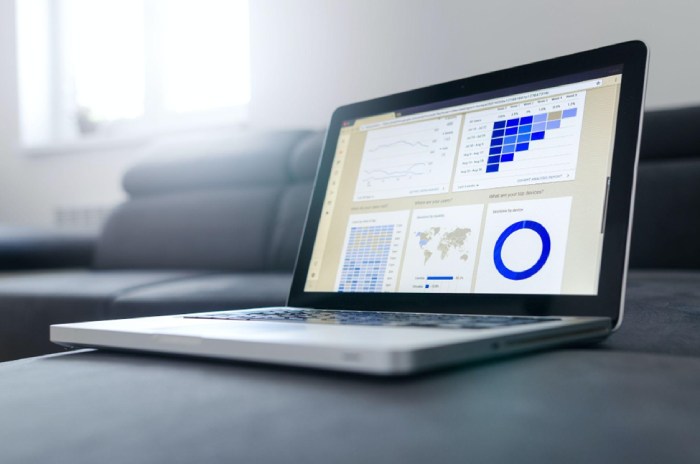As business owners, the invoice and payment system are familiar to you. A business submits an invoice payment to pay for the goods and services it has ordered from suppliers. Small businesses must pay obligations to the providers of services as well as supplies they use to run the business in addition to sending invoices to their customers.
Every small business ought to have a reliable system for paying invoices that keeps clients organized and streamlines their bookkeeping procedures. For the sake of keeping good relationships between themselves and their vendors and avoiding late payment costs, businesses should be sure to pay the bills on time.
Table of Contents
These subjects provide practical advice on making fast invoice payments:
To avoid misplacing them and to keep the specifics of the transaction in mind, it’s essential to make it a habit to study invoices as soon as you obtain them from your vendors. When an invoice enters your company, check it to see if it includes the following:
- Verify the due date on the invoice
Make a note of the invoice’s due date to make sure you meet it.
- Examine the products or services offered
Check that the itemized summary of the goods or services you bought corresponds to what you really received by reading it over and matching to a receiving ticket or purchase order. If it doesn’t, follow it up with the business to talk about the inconsistency.
- Verify the overall cost
Verify the total amount due on the billing statement to ensure it corresponds to the amount you agreed upon with the vendor.
- Select the Appropriate Payment Method
Look into the payment options the supplier takes, then select the one that is the most logical and practical for your small company.
The ideal alternative for making invoice payments may be your company credit card, for instance, if it offers cash returns or travel points each and every time that you use it, provided that you always pay off the balance on your credit card by the due date.
- Organize Your Bills As per a Payment Schedule
Create a dependable accounts payable system to keep track of each invoice you receive and its due date.
You can utilize a computerized accounting solution to construct an invoice payment schedule, or you may develop an invoicing calendar in Excel that organizes your invoices by due date.
The number of invoices your firm receives will determine how frequently you pay them: if you receive numerous bills at various points during the month, paying them weekly can make sense to avoid them from stacking up over the duration of the month.
Using an online business system which can handle your invoices, payment, reporting, and show you real time totals is an invaluable tool to a small business. Some systems even incorporate your time tracker app to ensure your employees project times are accurately billed.
Make a reminder
It’s crucial that you don’t overlook or misplace any received invoices if you want to prevent having to pay late penalties. You can set appointments for each invoice you receive to help you keep track of all your billing due dates.
The simplest way to set up invoice payment notifications is to set up alerts in an electronic calendar that will remind you of the bill a few days before the invoice payment’s due date.

Automatic Payment of Bills
Automating all of your payment for bills, if it’s possible, is the simplest and most dependable technique to ensure that your company never forgets to pay an invoice. With automated bill pay, you can plan regular payments so that money is automatically deducted from your bank account or credit card in accordance with the schedule you establish.
As a result, you won’t even need to remember to pay your bills because they will do so automatically before the due date for invoice payments.
Profit from discounts for early payments
Keep track of any reductions your suppliers may be offering for prompt payment, and plan your bill payments accordingly. Businesses frequently give discounts on the sum of the invoice to clients who pay their bills early by rewarding them for being on time.
Even though the real payment deadline may be thirty days following the invoice date, firms frequently offer a two-percentage discount on bills if they are paid within 10 days of the date of the invoice.

Adhere to a system for filing invoices
Create an effective invoice filing system for your company so you can maintain track of the bills you’ve paid, as well as the dates, methods, and total amount paid.
You can use this to produce precise accounting statements for your company. Additionally, it’s a good idea to keep track of the payment confirmation information in case a vendor and you ever disagree about whether the invoice was paid or not.
Where Can I Pay an Invoice?
You must decide which payment option is most practical for the small company you own before paying an invoice. Here are a few standard ways to pay for invoices:
- Cash or Check
Check payments are inexpensive and generally safe as a method of paying bills, although they can take some time. You’ll need to complete the check along with addressing an envelope before mailing the payment, which takes effort away from other tasks.
- Payment in Cash
Avoid paying large invoices in cash, especially if you aren’t settling the bill in person. Cash provides little security because it is readily taken or lost and cannot be replaced.
- Online payment using credit or debit
Online debit or credit card payments are quick and easy to complete, saving you time. Additionally, making payments online with reliable merchants offers multiple levels of protection and encryption to protect your personal information. Click here for more info on payment encryption and safety.
- Cellular Payment
Mobile payments are easy and safe, especially if the vendor, like a contractor, comes to you to perform the work. With the use of mobile payments, users can swiftly and securely pay through an app using debit or credit card.
Automatic Payment of Bills
Small businesses should think about setting up continuous bill payment if their vendors provide the option so they may plan their invoice repayments in advance and guarantee they never pay late. Automatic payments for bills are quick and safe.
Simply make sure there is always sufficient funds in the account linked to the automatic bill payment to avoid incurring overdraft fees.

What Is Online Bill Payment?
Banks provide a service called online bill payment
(https://files.consumerfinance.gov/f/201507_cfpb_ways-to-pay-your-bills.pdf) that enables
companies to swiftly and simply pay all of their invoices online. Online bill payment services
might help you save time and make payments on time for your invoices. The processes required
to set up bill payment online are as follows:
● Gather every bill you must pay along with the account details that go with them.
● Use the online bill payment service provided by your bank to enter the names of all
payees and the related account numbers.
● Select the time that you want to handle the invoice payment.
● Choose whether the payment will be a one-time transaction or whether you want to
create automatic payments for that specific payee.
● To keep track of invoice due dates, set reminders.


